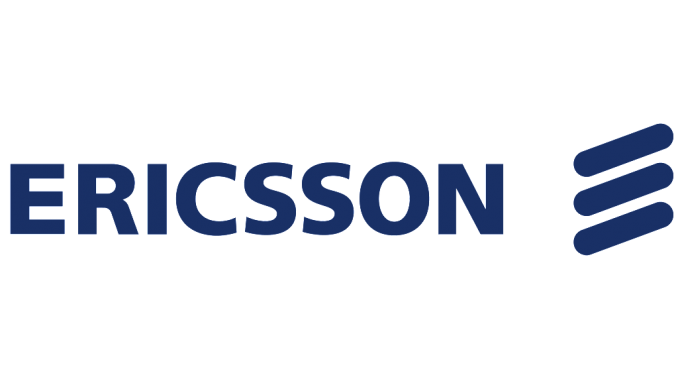
With the constant increase of traffic volume the energy consumption of telecommunication networks is also increasing. Energy conserving solutions are needed to maintain their sustainability. With access networks being the leading contributor to overall network energy demand, their energyaware operation is of primary importance.
Future access networks are expected to be based on a hybrid wireless-optical architecture. Our paper examines such a network consisting of a small cell LTE wireless part and a wireline PON backhaul. We investigate the trade-off between serving the user population with a reduced number of active cells and the quality of network services. We explore two directions: selectively switching off currently dispensable cells with the aim of reducing
power consumption and loosing some cells due to a failure in the underlying PON network. In case of the PON the effect of the optical topology is also considered. Simulations are used to quantify the impact on network services from the standpoint of network availability and throughput.
Our results were published on Networks 2015 (attached paper) and in a successful presentation on Ericsson University Day 2014.
Cinkler Tibor, egyetemi docens, Mazroa Dániel, tanszéki mérnök, Szigeti János, tanszéki mérnök, BME Távközlési és Médiainformatikai Tanszék, cinkler@tmit.bme.hu, mazroa@tmit.bme.hu, szigeti@tmit.bme.hu
A kutatási beszámoló letölthető innen (PDF)
2014. július 30.
